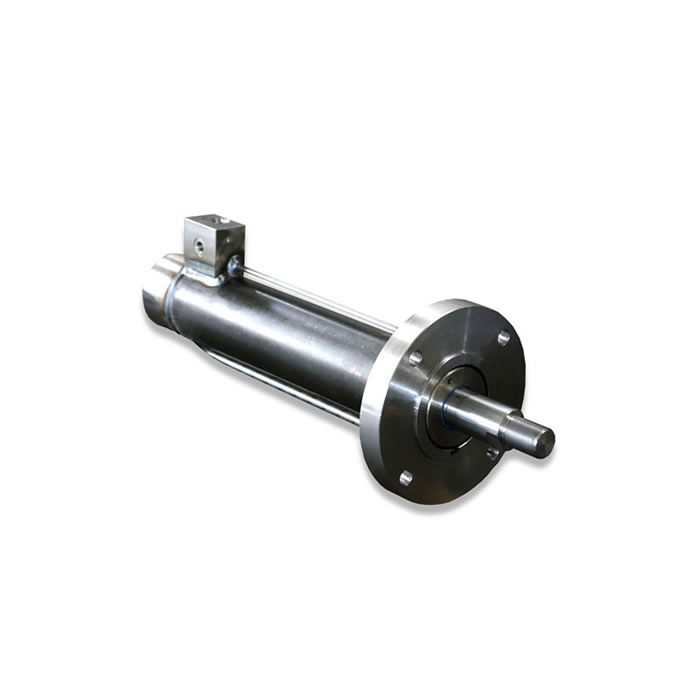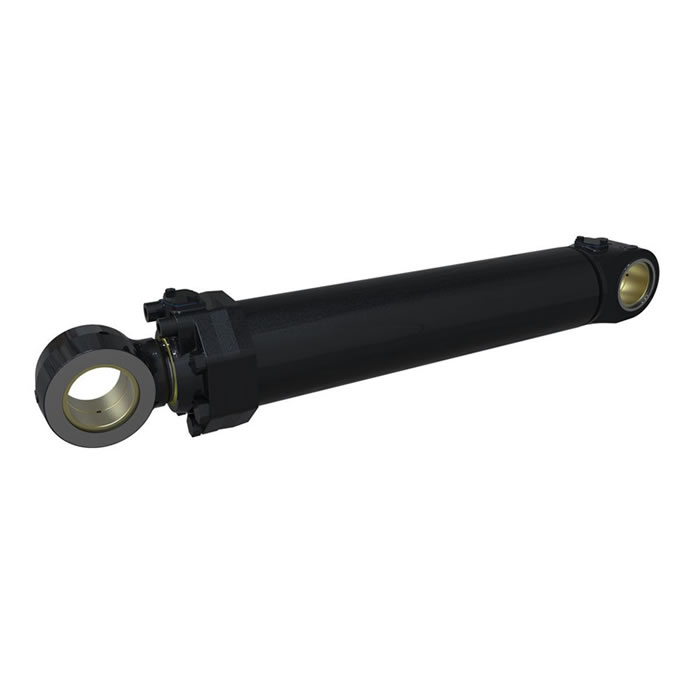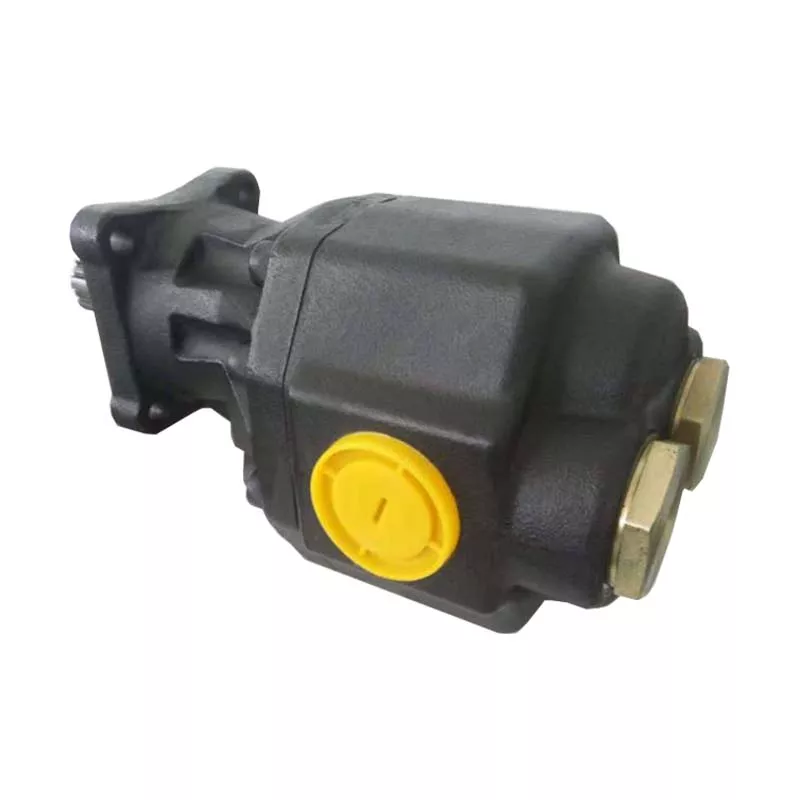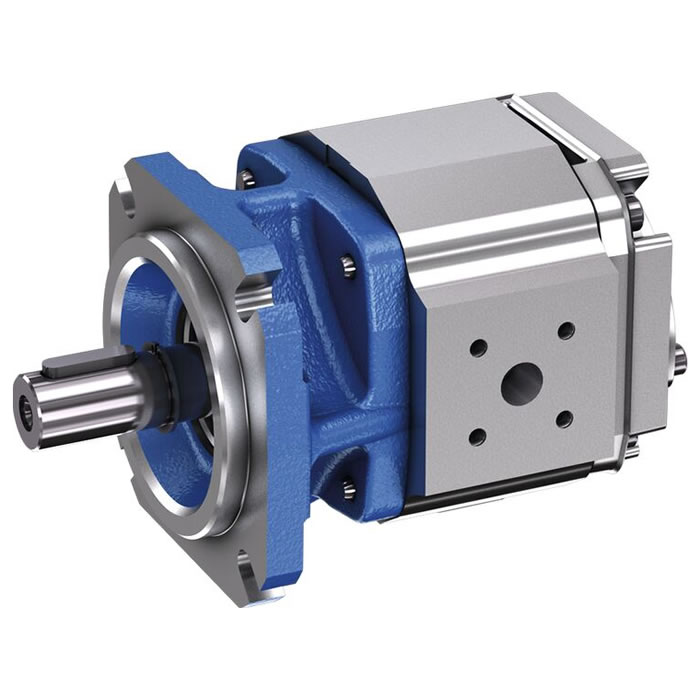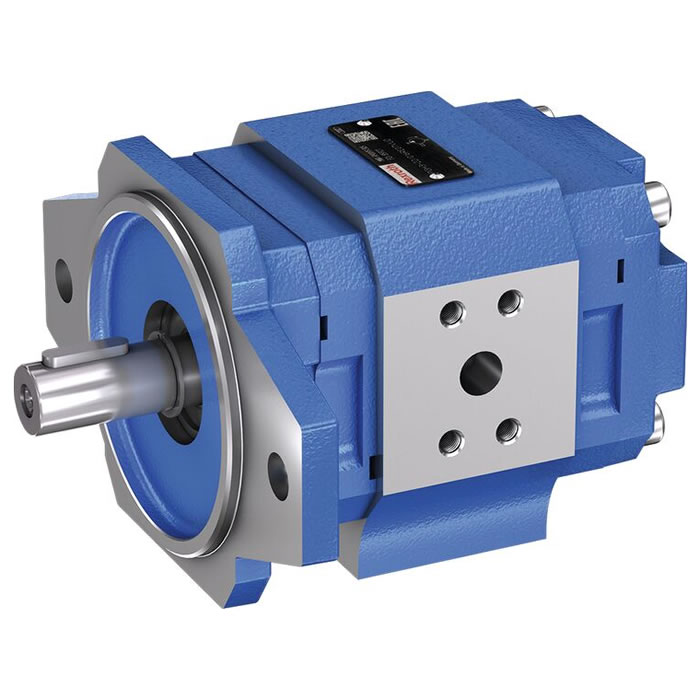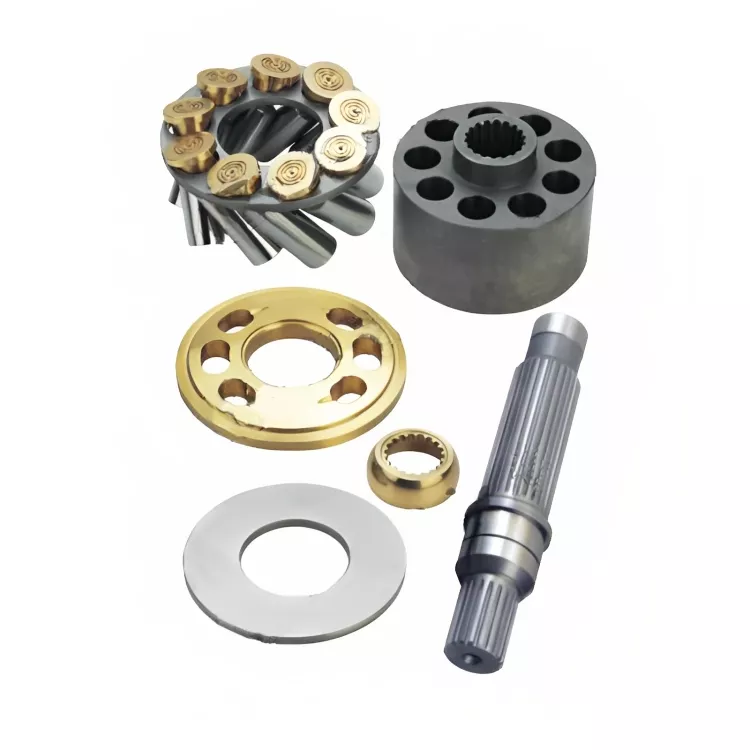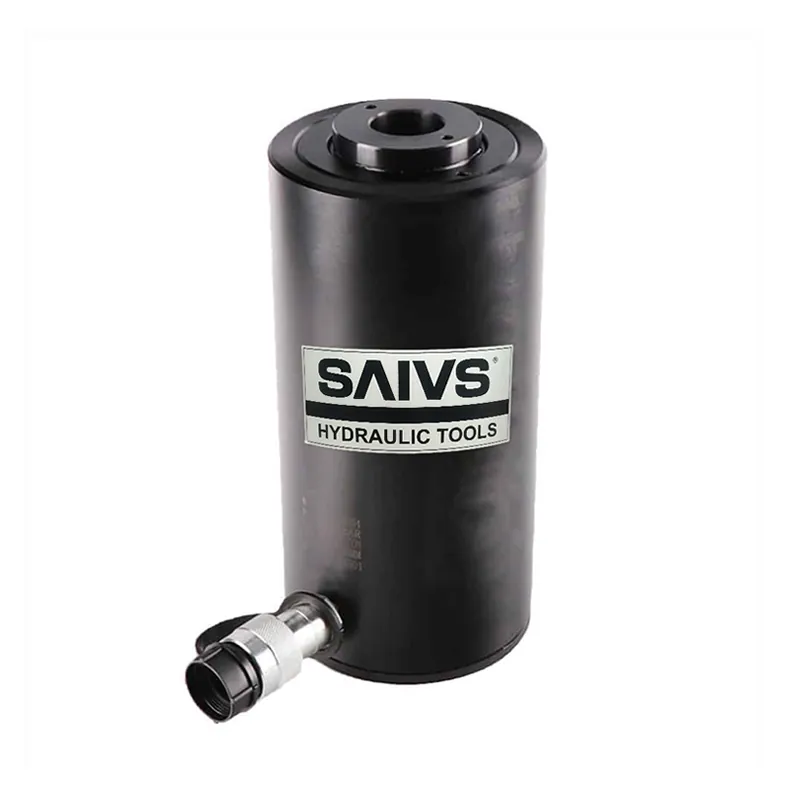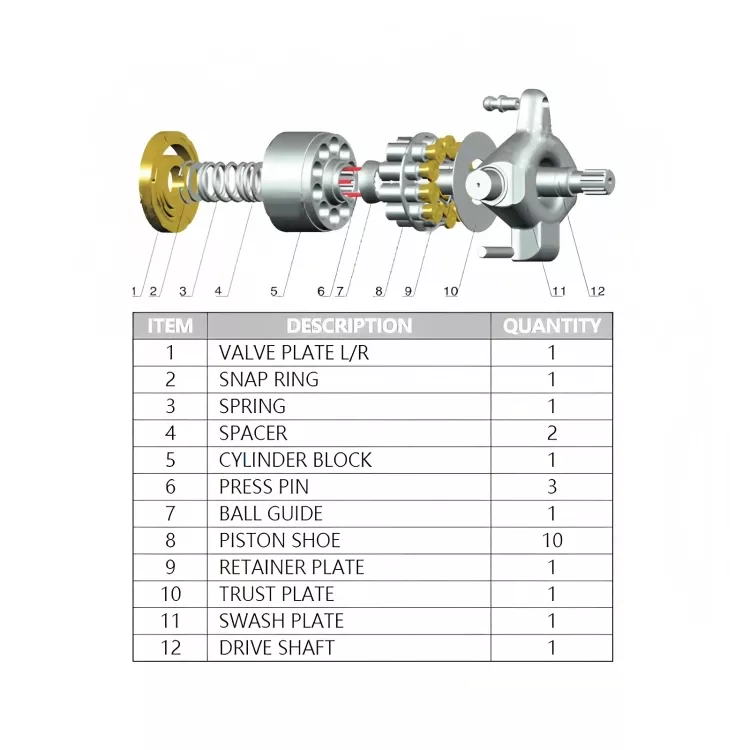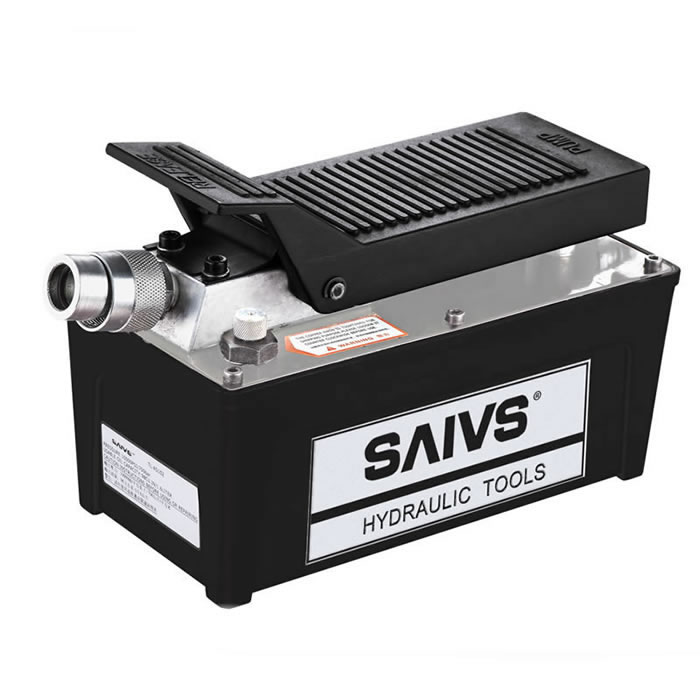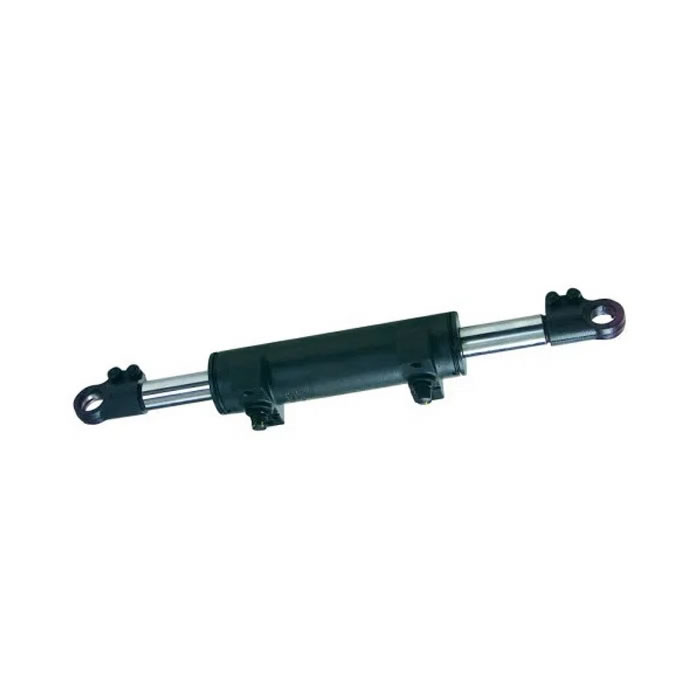Exploring the Diverse World of Hydraulic Cylinder Materials
Introduction:
Hydraulic Cylinders are essential components in numerous industrial and mobile applications, where they transmit and amplify force to accomplish linear motion.
The choice of material for a hydraulic cylinder has a significant impact on its functionality, durability, and cost-effectiveness.
This article serves as a comprehensive guide to selecting the best material for Hydraulic Cylinders, considering various critical factors.
I. Key Factors Influencing Material Selection:
Working Pressure: The material's ability to withstand high pressure is crucial. Steel and cast iron are suitable for high-pressure applications,
while aluminum alloys and plastics are ideal for low-pressure systems.
Temperature: The material must be able to function effectively within the operating temperature range.
Steel and cast iron are suitable for high-temperature applications, while plastics and certain alloys are better suited for low-temperature environments.
Media: The material's compatibility with the hydraulic fluid is essential.
Steel, cast iron, and stainless steel are compatible with most fluids, while aluminum alloys and plastics may have specific compatibility requirements.
Load: The material must be able to bear the anticipated load without significant wear or deformation.
Steel and cast iron are ideal for heavy-duty applications, while aluminum alloys and plastics are suitable for lighter loads.
Size: The material's machinability and availability in desired sizes are important considerations.
Steel and cast iron are available in various sizes and can be machined relatively easily,
while aluminum alloys and plastics may have limited size availability and require specialized machining techniques.
Cost: The material's cost must be considered within the project's budget.
Steel and cast iron are generally cost-effective, while aluminum alloys and plastics may be more expensive.
Machinability: The ease with which the material can be machined into the desired shape is important for manufacturing efficiency.
Steel and cast iron require more complex machining processes, while aluminum alloys and plastics are generally easier to machine.
II. Best Materials for Hydraulic Cylinders:
Cylinder barrel: The cylinder barrel is the main load-bearing component of a hydraulic cylinder.
It is usually made of cold-drawn or honed seamless steel tubes, with materials including 20#, 35#, and 45# steel.
For high-pressure cylinders, alloy steel such as 40Cr and 45Cr can be used.
Piston rod: The piston rod transmits force and motion. It is usually made of medium carbon steel (such as 45# steel) or alloy steel (such as 40Cr).
For piston rods with higher surface hardness requirements, chrome plating or nitriding treatment can be applied.

Piston: The piston pressure inside the hydraulic cylinder and seals with the cylinder wall.
The piston material is usually cast iron, aluminum alloy, or steel.
For high-pressure hydraulic cylinders, high-strength steel or ceramic materials can be used.
Seals: Seals are used to prevent hydraulic oil leakage. Commonly used materials include rubber, polyurethane, and polytetrafluoroethylene.
Seals made of different materials have different temperature resistance, pressure resistance, and wear resistance.
They should be selected according to specific application conditions.
Guide bushing: The guide bushing guides the movement of the piston rod. It is usually made of wear-resistant cast iron, bronze, or plastic.
III. Other Commonly Used Materials:
Stainless Steel 301:
High-strength austenitic alloy with excellent corrosion resistance.Easy to weld, making it ideal for hydraulic cylinders and rods.Demonstrates remarkable
ductility properties when cold worked.

Titanium Alloy Grade 01:
Softest and most pliable pure titanium type.Consists of 99% titanium, 0.2% iron, 0.18% oxygen, and trace elements.High formability, suitable for various
hydraulic applications.
Low Alloy Steel:
Superior strength, flexibility, toughness, weldability, and fatigue resistance.Lightweight and corrosion-resistant, maintaining performance in extreme
temperatures.
Cast Iron Grade 60-44-18:
Iron alloy with 60% iron, 44% carbon, and 18% manganese.Excellent tensile strength and abrasion resistance.Mainly used for fasteners and valve
components.
Nickel-Chromium Alloys:
Ideal for hydraulic cylinders requiring high oxidation and corrosion protection.Exhibits excellent high-temperature strength and electrical resistivity.
Chrome-Plating:
Provides long-lasting protection for hydraulic cylinders.Corrosion-resistant and reduces friction, making it optimal for high-pressure applications.
Nitrile Rubber:
Resistant to oils, impermeable to gas, flexible, and withstands repeated flexing and abrasion.Ideal for use in hydraulic cylinders.
Neoprene Rubber:
Used in hydraulic cylinder seals for its good physical properties.Excellent barrier to prevent hydraulic fluid or air loss.UV-resistant, easily sealed, and
welded using high-temperature vulcanization.
IV. Selecting the Right Material:
The selection of the optimal material for a hydraulic cylinder requires careful consideration of various factors, including working pressure, temperature,
media, load, size, cost, and machinability. It is recommended to consult with experts or manufacturers to obtain specific recommendations based on the
application requirements.
V. Applications of Hydraulic Cylinder Materials:
Steel: Widely used in construction equipment, agricultural machinery, machine tools, and mobile hydraulics.
Cast Iron: Commonly employed in heavy machinery, presses, and marine applications.
Aluminum Alloys: Utilized in aerospace, robotics, and food processing industry.
*If you have any questions about hydraulic cylinders, please feel free to contact us at any time!

